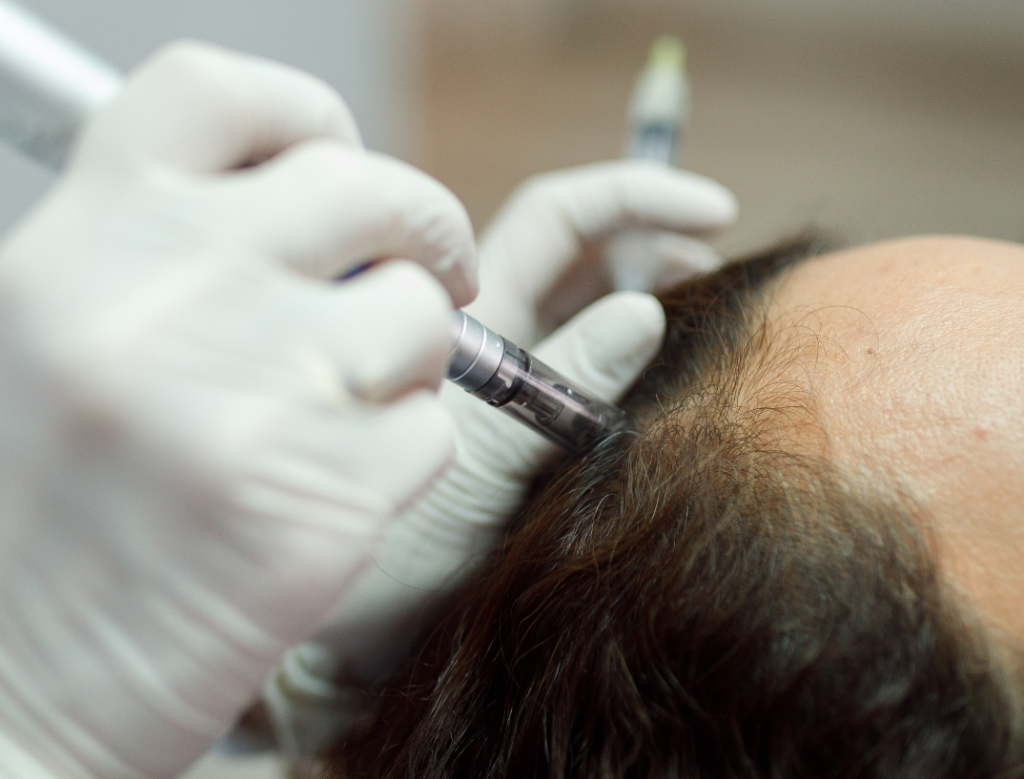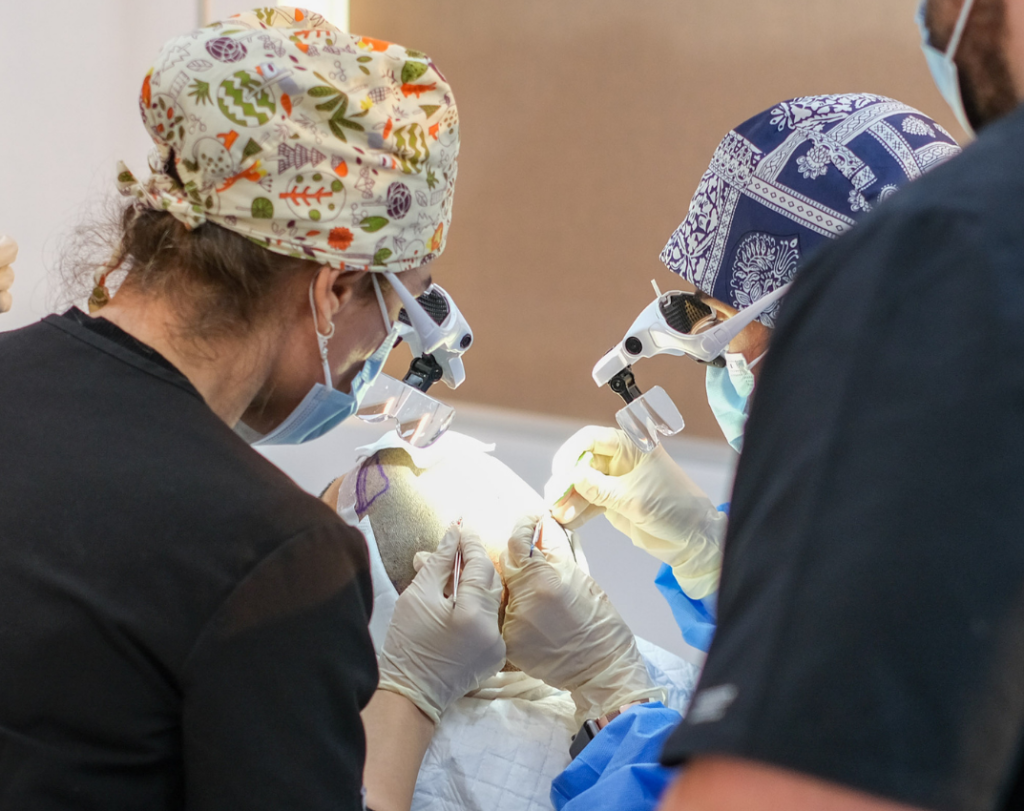What Is the Best Hair Restoration Procedure and How to Prevent Hair Loss
Hair loss affects thousands of Australians every year, with both men and women seeking long-term solutions to regain their confidence and self-esteem. Whether it’s a receding hairline, thinning crown, or general shedding, understanding your options is the first step to taking control. In this article, we’ll explore the best hair restoration procedures available and how to prevent hair loss before it becomes a larger concern.
Understanding Hair Loss: Causes and Concerns
Hair loss can be caused by a variety of factors, including:
- Genetics (male or female pattern baldness)
- Hormonal changes (such as pregnancy or menopause)
- Medical conditions (like thyroid disorders or alopecia areata)
- Medications and treatments (e.g. chemotherapy)
- Stress, diet, and lifestyle
Before seeking a treatment, it’s crucial to identify the root cause. Consulting a hair restoration specialist can help determine the best course of action tailored to your needs.

The Best Hair Restoration Procedures Available
The term “hair restoration” covers a range of options — from non-invasive treatments to surgical solutions. Here are the most effective methods:
1. FUE Hair Transplant Surgery
FUE Hair Transplant is a minimally invasive & permanent hair restoration procedure, usually performed after trying other treatments or in conjunction with other treatments for more serious hair loss. It involves extracting individual hair follicles from a donor area (usually the back of the scalp) and implanting them into thinning or bald spots. It involves extracting individual hair follicles from a donor area (usually the back of the scalp) and implanting them into thinning or bald spots.
Benefits:
- Minimal scarring when performed well
- Quick recovery
- Natural-looking results
- Permanent solution
FUE is ideal for patients experiencing male pattern baldness or female thinning, provided they have sufficient donor hair.
2. Platelet-Rich Plasma (PRP) Therapy
PRP uses the autologous growth factors from your own blood to stimulate & maintain angiogenesis, blood supply & hair growth. The plasma, rich in healing platelets, is injected into the scalp to improve follicle function and density.
Benefits:
- Non-surgical
- Optimises existing hair growth
- Minimal side effects
- Often used in combination with other treatments
PRP is best suited for those in the early stages of hair thinning and is often recommended as part of a preventative plan.
3. Prescription Medications
Medications like finasteride and minoxidil are commonly used to treat hair loss. These are preventive, reducing the future progression of hair loss, but can still play an essential role in maintaining & improving hair density and slowing down the loss.
Important: Always consult a doctor before starting any medication, as side effects may occur.

How to Prevent Hair Loss Before It Starts
While genetics play a strong role in hair loss, there are preventative steps you can take to slow or minimise its progression.
Maintain a Healthy Diet
A balanced diet rich in iron, biotin, protein, and omega-3 fatty acids supports hair strength and growth. Zinc and vitamin D also play key roles in follicle health.
Reduce Stress
High stress levels can trigger hair shedding. Practice stress-reducing techniques like yoga, regular exercise, or meditation to support overall wellbeing and hair health.
Avoid Harsh Hair Treatments
Excessive heat styling, chemical dyes, and tight hairstyles can cause breakage and scalp irritation. Opt for gentler hair care routines and avoid over-processing.
Keep Your Scalp Healthy
A clean and healthy scalp is key to strong hair. Use mild, sulphate-free shampoos and massage your scalp regularly to stimulate blood flow and remove buildup.
When Should You See a Specialist?
If you notice sudden hair loss, patchy thinning, or a rapid change in hair density, it’s best to consult a hair restoration doctor. Early intervention can greatly improve the outcome of any treatment plan.
For more information on our personalised procedures and expert care, check out our services.
Final Thoughts
Choosing the best hair restoration procedure depends on the individual. While FUE remains the gold standard for surgical options, non-invasive treatments like PRP and preventative care can also be effective, especially when started early. Remember — the sooner you act, the better your chances of retaining and restoring your hair.
For regular updates and tips on hair health, follow us on Instagram and Facebook.

